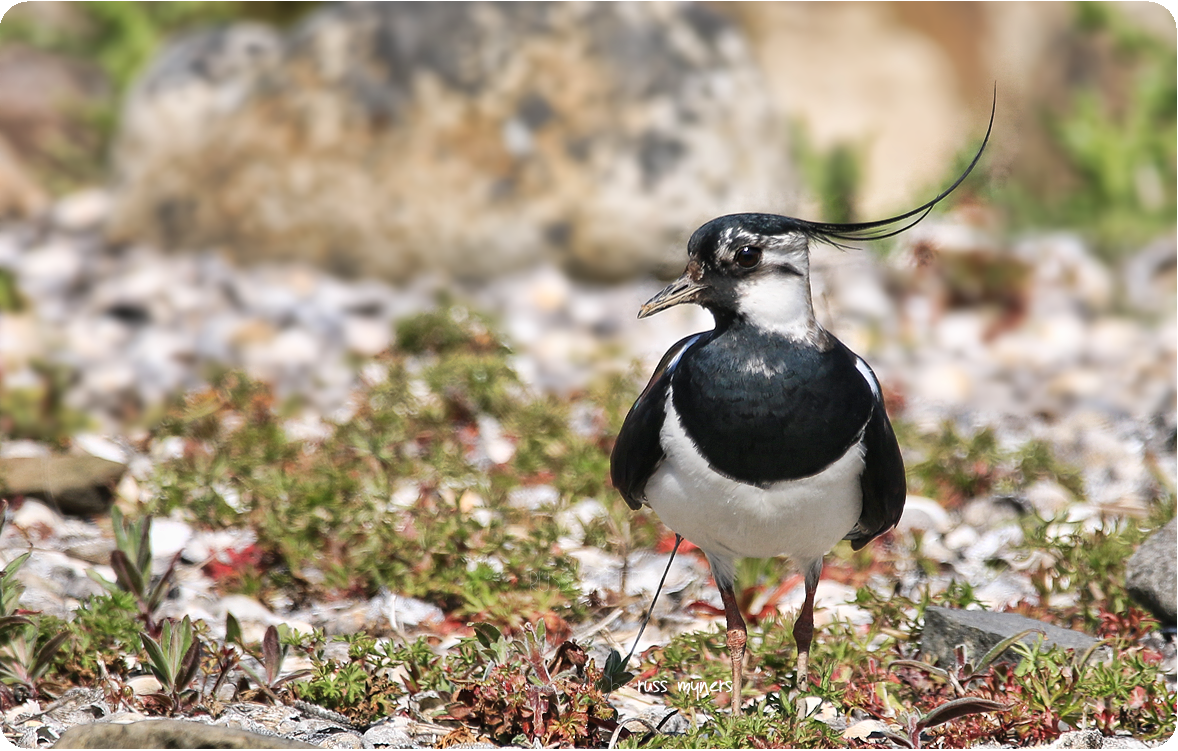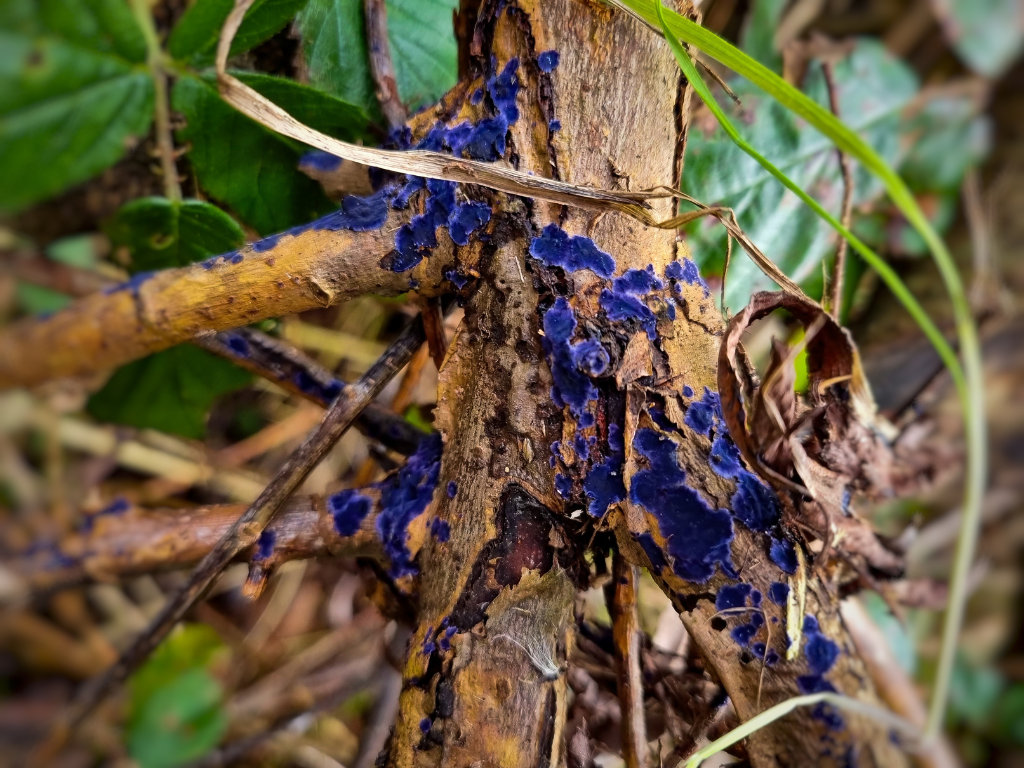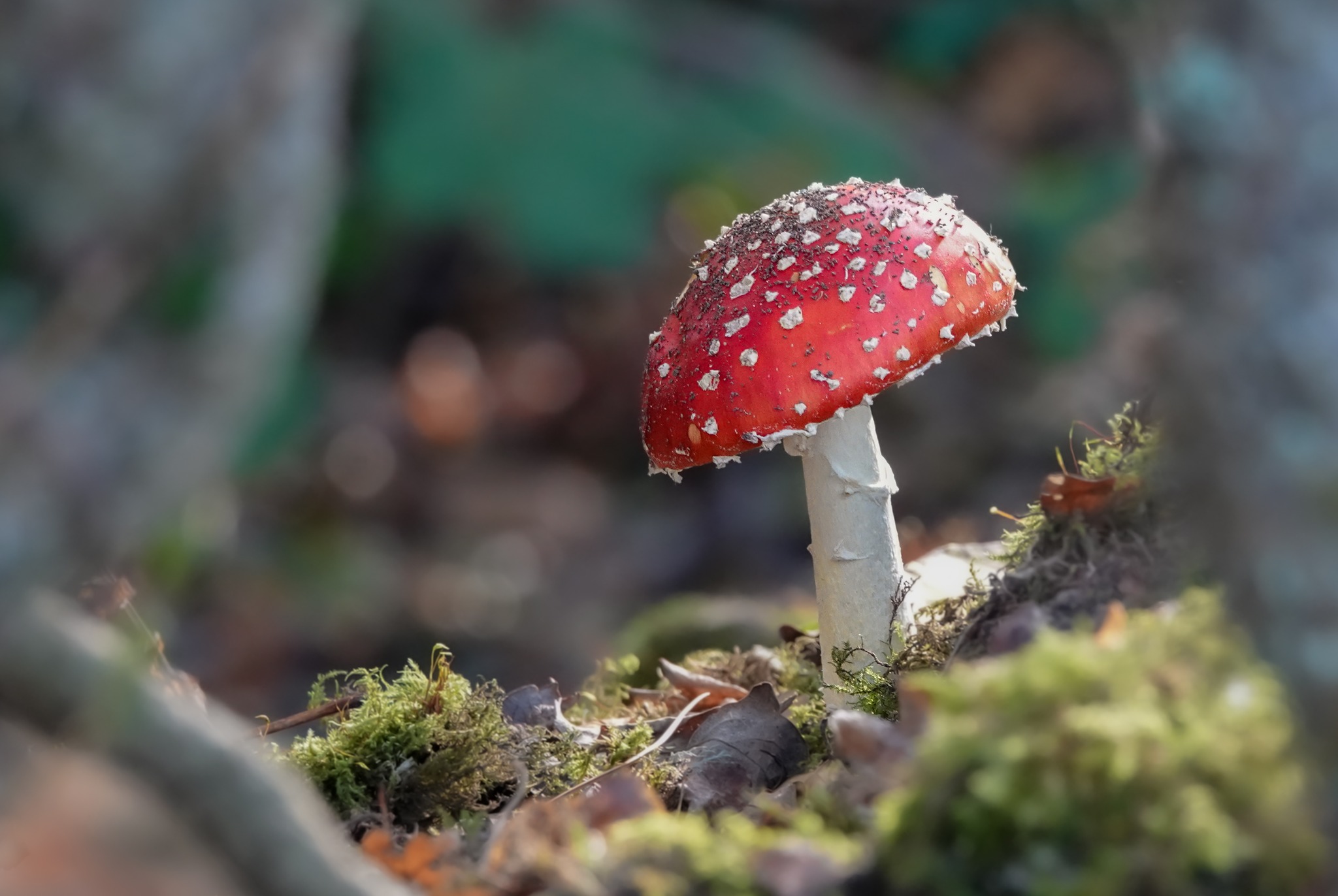Recent sightings 15th - 17th May
Highlights include, Cuckoo, Palmate newt, Hedgehog and Hairy dragonfly

3 Spoonbill are often seen from the Steel hide. Large numbers of Shelduck are often seen resting on the edges of the saline lagoons. A pair of Shoveler have been seen regularly feeding on the Dafen scrapes. The Little ringed plover continue to display on the Dafen scrapes. Large groups of Black-tailed godwit have been seen feeding from the observatory. A female Pintail has also been seen regularly this week from the Observatory hide.
Millennium Wetlands
Our first Pochard ducklings have hatched on Deep water lake recently, often darting in and out of the reed and sedges around the lake. We have two Swan family's, one on Deep water lake and the other by the Lilly pond. Lapwing chicks can be seen on the main island of Deep water lake. Large numbers of Black-tailed godwit can regularly be seen from the Herons wing hide. We have recently had a Cuckoo calling near the Bittern reedbed. Pairs of Tufted duck, Gadwall Shelduck and Little grebe are seen regularly around the reserve as well as a male Garganey.
Chiffchaff, Blackcap, Sedge and Reed warbler continue to sing through most of the day. Lesser whitethroat and Common whitethroat are often heard on the center path of the reserve. Our small bird nestboxes around the northern loop have Blue tit and Great tit broods getting ready to fledge soon.
Palmate newts have been found in some of the ponds around the site from our recent surveys. Common pipistrelle, Soprano pipistrelle and Noctule bats have been seen on a recent evening walk as well as 2 Hedgehogs. Grass snakes and Slow worms are often seen basking on log piles in the mornings.
Broad-bodied chaser and Hairy dragonflies have been found around the fishing platforms as well as Emerald damselfly and Common blue damselfly. Orange-tip, Speckled wood and Brimstone butterflies are just some of our more regularly seen species.



